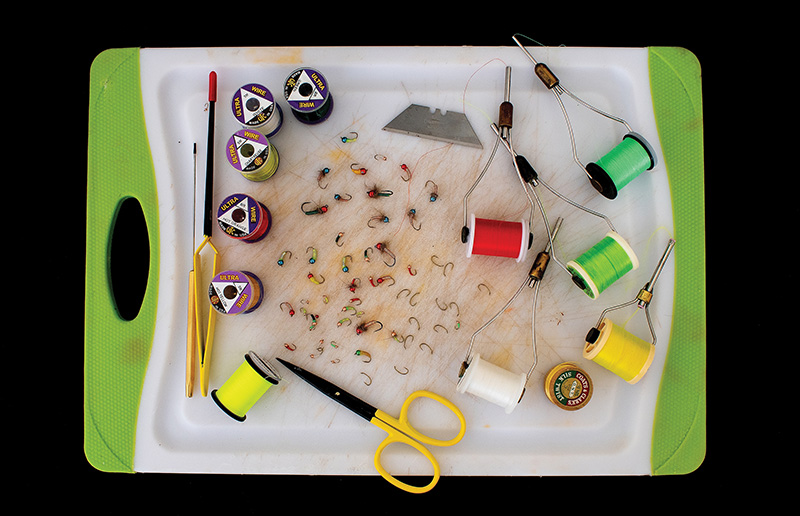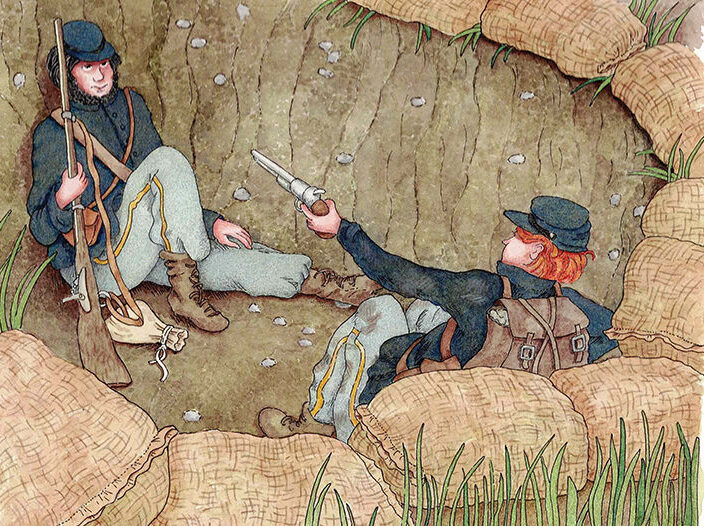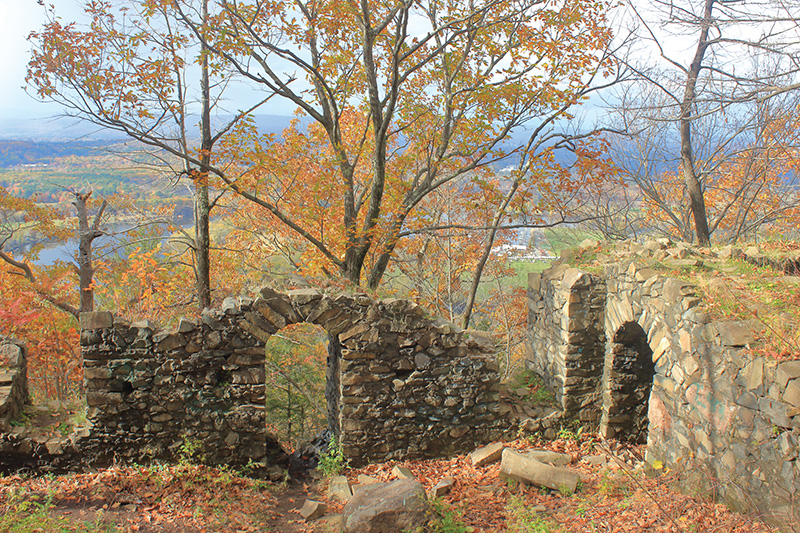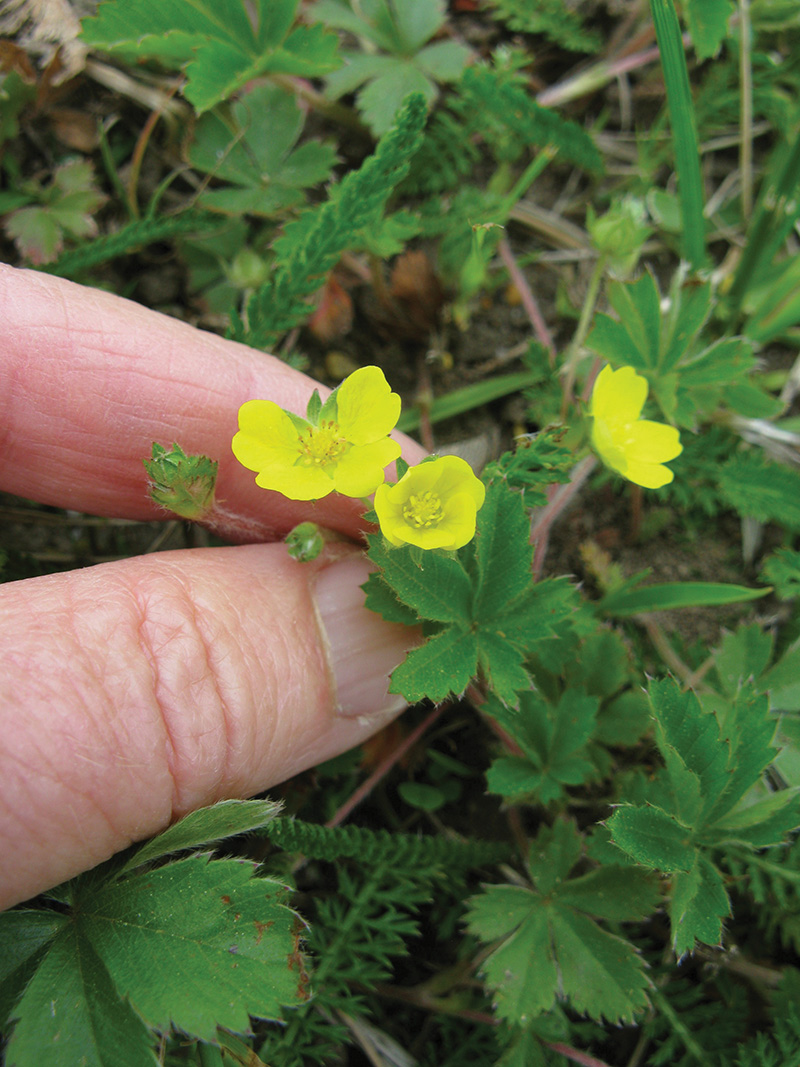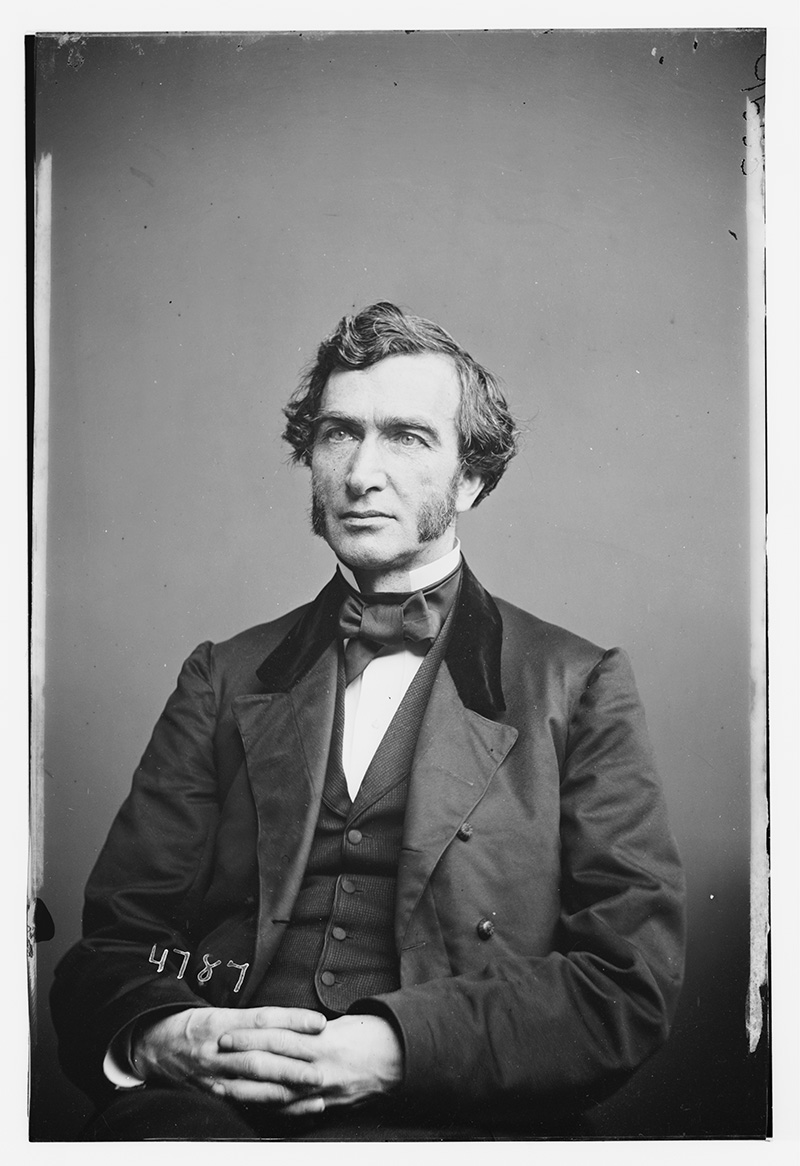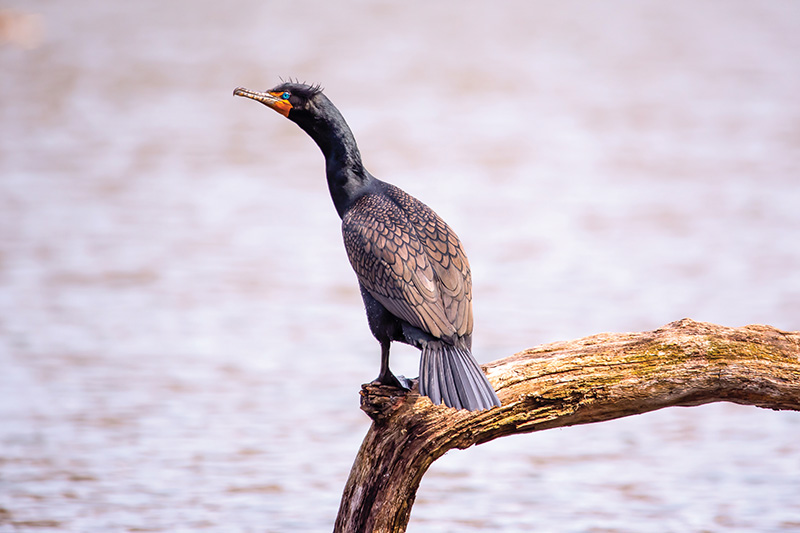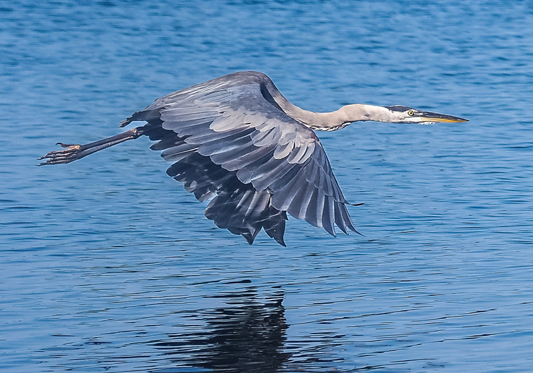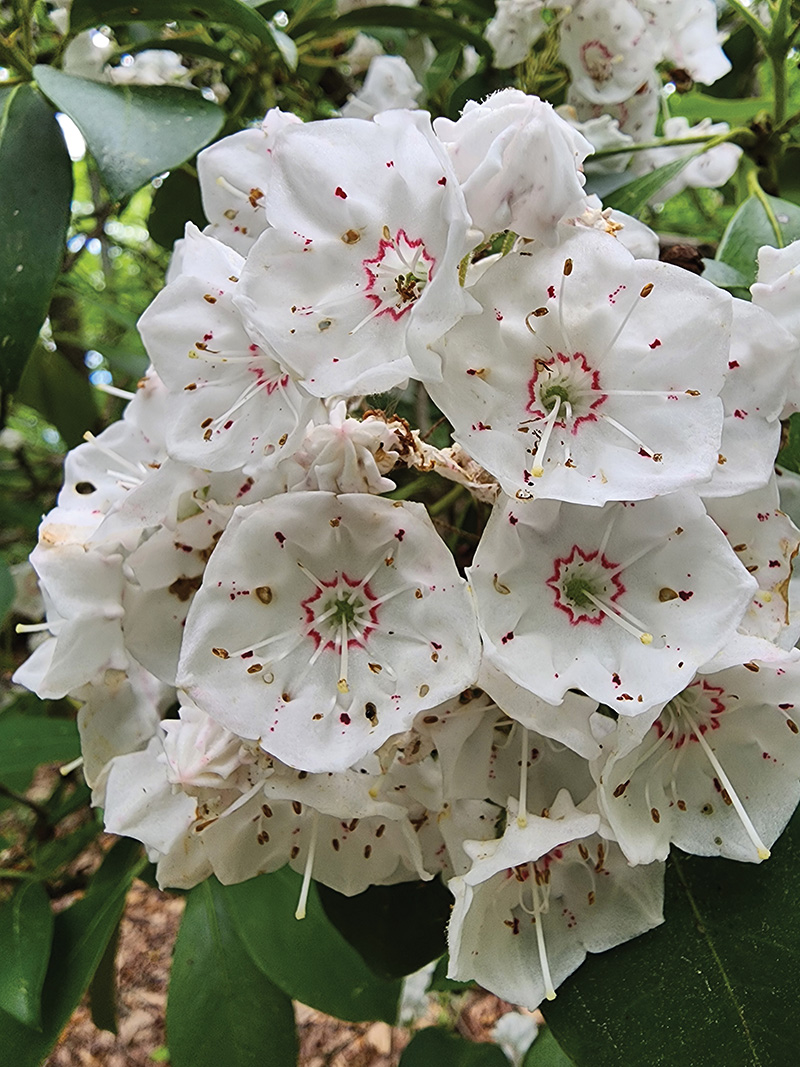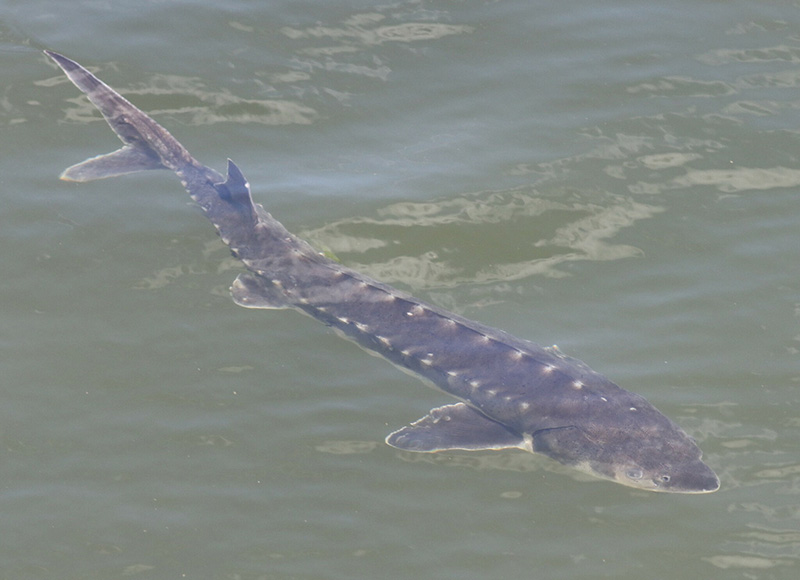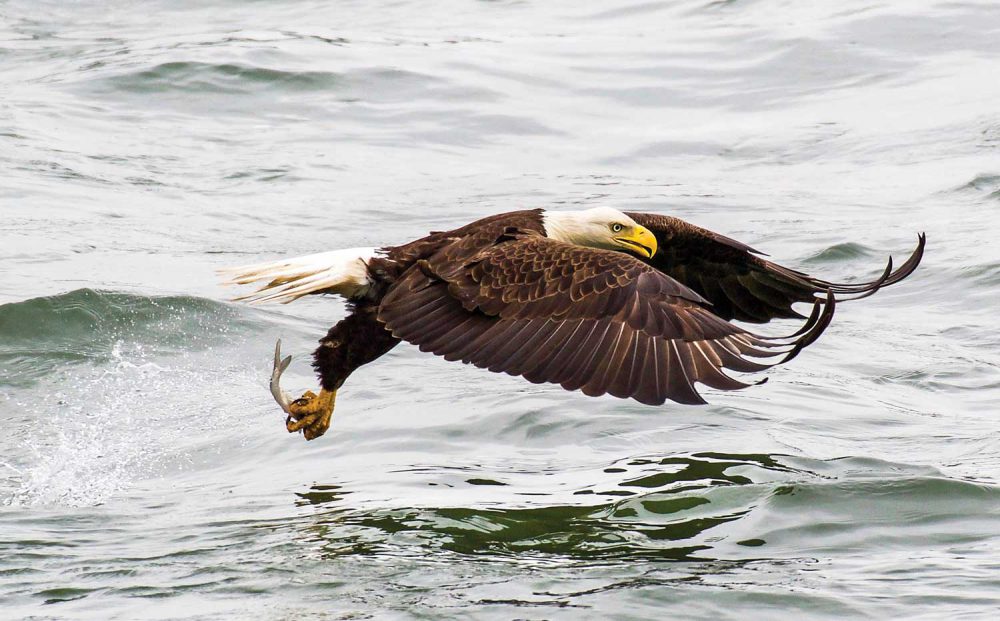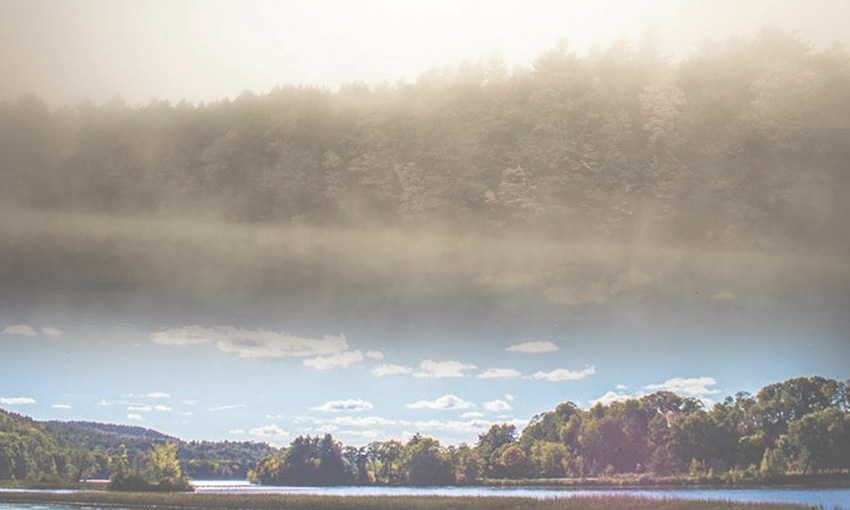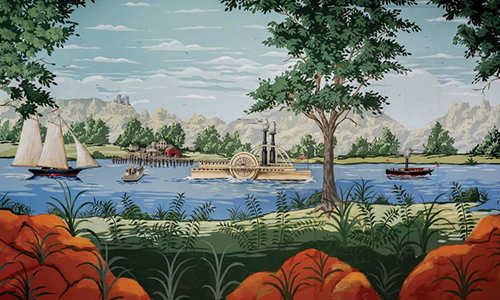The slump, the dump, the Betty, the crisp, the crumble, or the cobbler! What’s the difference? These are all versions of a cooked fruit dessert with a crumble, biscuit, or pie crust on top and/or bottom, and baked in the oven or cooked on the stovetop.
The Once and Future Connecticut River
Trump’s chainsaw massacre of federal agencies is
impeding fish and wildlife restoration nationwide.
Casting About: Caddis Pupae
Avid trout anglers learn not only about the fish but the working of the watershed. Yes, we want to be completely in touch with our rivers. And one aspect of that desire is to study aquatic macro invertebrates. Tucked under rocks, buried in the mud, encased in gravel and sand, they abide on the riverbed, an essential part of the trout’s food chain.
Estuary for Young Readers #18
Saybrook station. The conductor pushed the car door aside and, leaning out of the train, looked up and down the length of the platform for passengers, then called out, “Board!”
Central Watershed Outings: Summit Houses of the Pioneer Valley
Inspired by artists and writers such as Thomas Cole and Timothy Dwight, many tourists during the late nineteenth and early twentieth centuries came to the Connecticut River valley to visit the region’s mountain houses atop peaks such as Mount Tom, Mount Holyoke, and Mount Sugarloaf. Visitors enjoyed the panoramic views and amenities such as restaurants, observatories, theaters, concerts, and inclined railroads.
Gardening for Good: A Local Cemetery Inspires Wild Ideas for Your Lawn
Looking for inspiration for an environmentally friendly lawn? I suggest you take a break and go for a walk in a local cemetery.
Conte Corner: Let Our Mission Be Our Guide
Major policy changes affecting the irreplaceable network of public lands, which the federal government is charged with protecting unimpaired for future generations, have been implemented by the second Trump administration.
Justin Smith Morrill: Father of the System of Land-Grant Colleges
How did a man who left high school at the age of fifteen have a major impact on the development of some of our nation’s premier institutions of higher education, including the flagship universities of Vermont, Connecticut, New Hampshire, and Massachusetts? That would be a person with a core understanding of self and an uncompromising work ethic. That man was Justin Smith Morrill.
The Cormorant Controversy
Anglers who fish Chatfield Hollow State Park in Killingworth, Connecticut, swear that cormorants have figured out when trout stocking is due. They may be on to something.
Wild Life Wonders: Great Blue Heron Rookeries
Great blue heron’s rookeries can be hard to reach for a good reason. These big birds don’t like intruders, especially during their nesting season.
My Mountain Laurel Pilgrimage
Some folks go on an annual religious pilgrimage. My annual journey is to see mountain laurel which blooms from late May to early June.
Below the Surface: An Ancient Fish, A Modern Mystery
Two species of sturgeon are found in the Connecticut River—the Atlantic and the shortnose. Both are anadromous, at least to a degree, and both are listed as endangered under the federal Endangered Species Act (ESA).
Letter from the Publisher:
estuary…A Magazine about Life of the Connecticut River
A Letter from the Editor:
If you are reading this, there is an excellent chance you love the River as much as we do. The more we speak with readers like you, the more we hear new and interesting stories about the River. This is an invitation to submit those stories to us so that we might share them with other readers. We have a process for doing this. Go to estuarymagazine.com/submissions and read the detailed instructions on how to submit story ideas. You can also submit letters to the editor.
Send Us Your Best
This dramatic photo was taken by Frank Dinardi an amateur wildlife photographer from Connecticut.
An Editorial
When people wore gas masks to protect from the man-made stench of the Connecticut River
A Room with a View
Tom Rose does not live on the Connecticut River, but he lives surrounded by a panoramic River view. His view is not obstructed by buildings, by trees or by traffic-laden roads because he created it himself.



